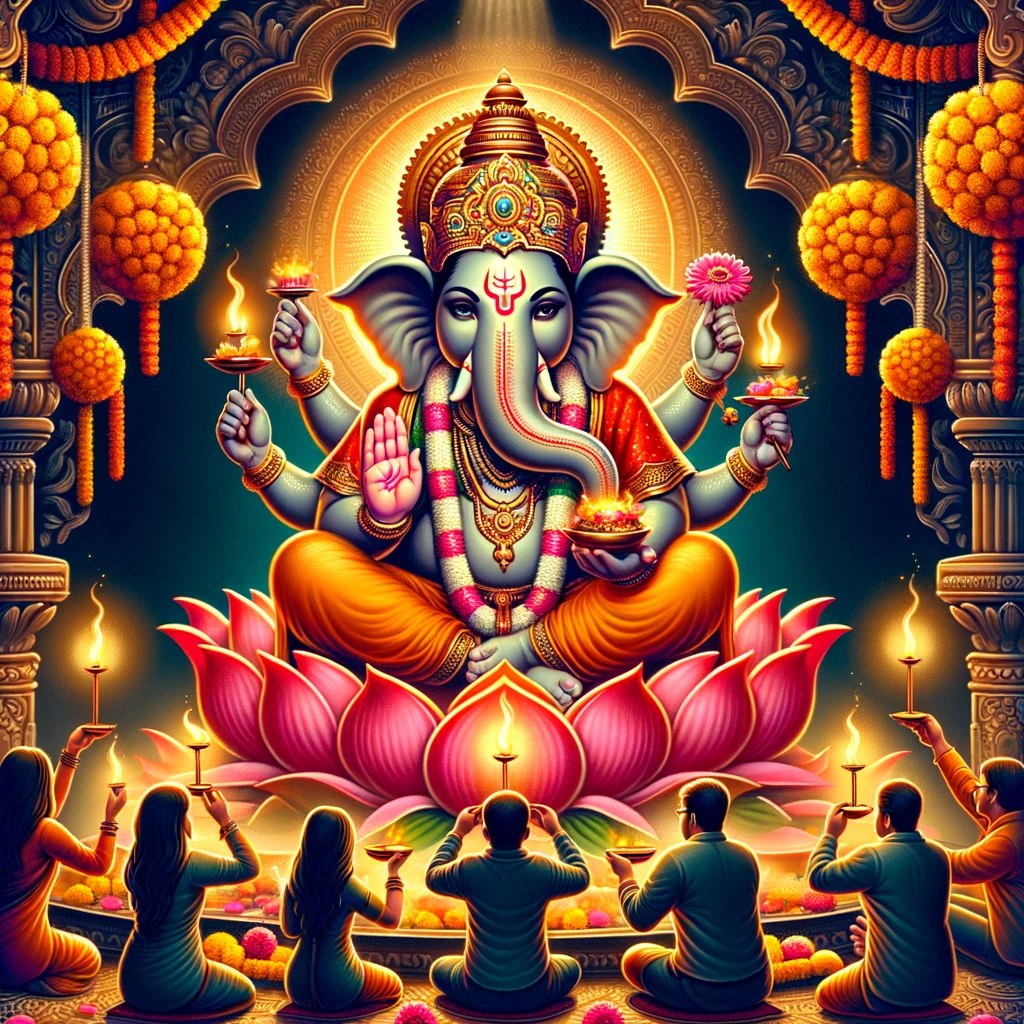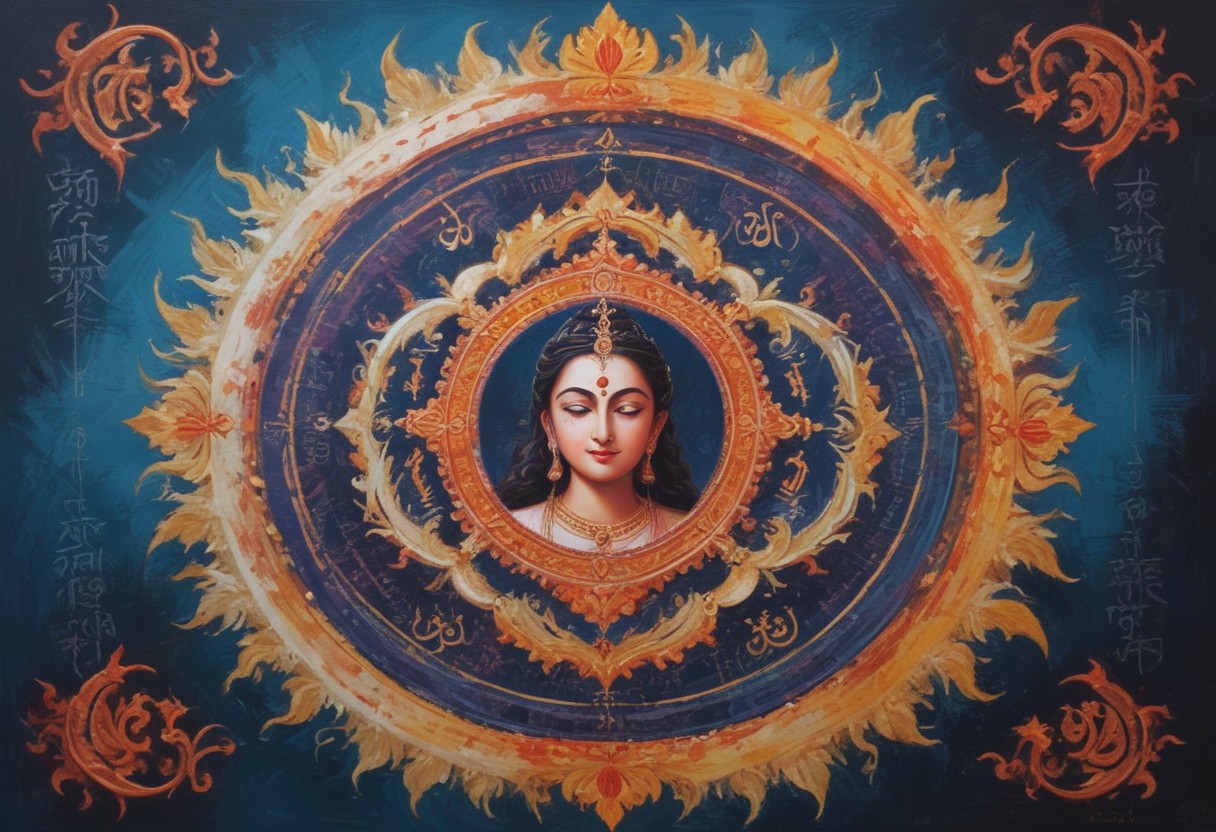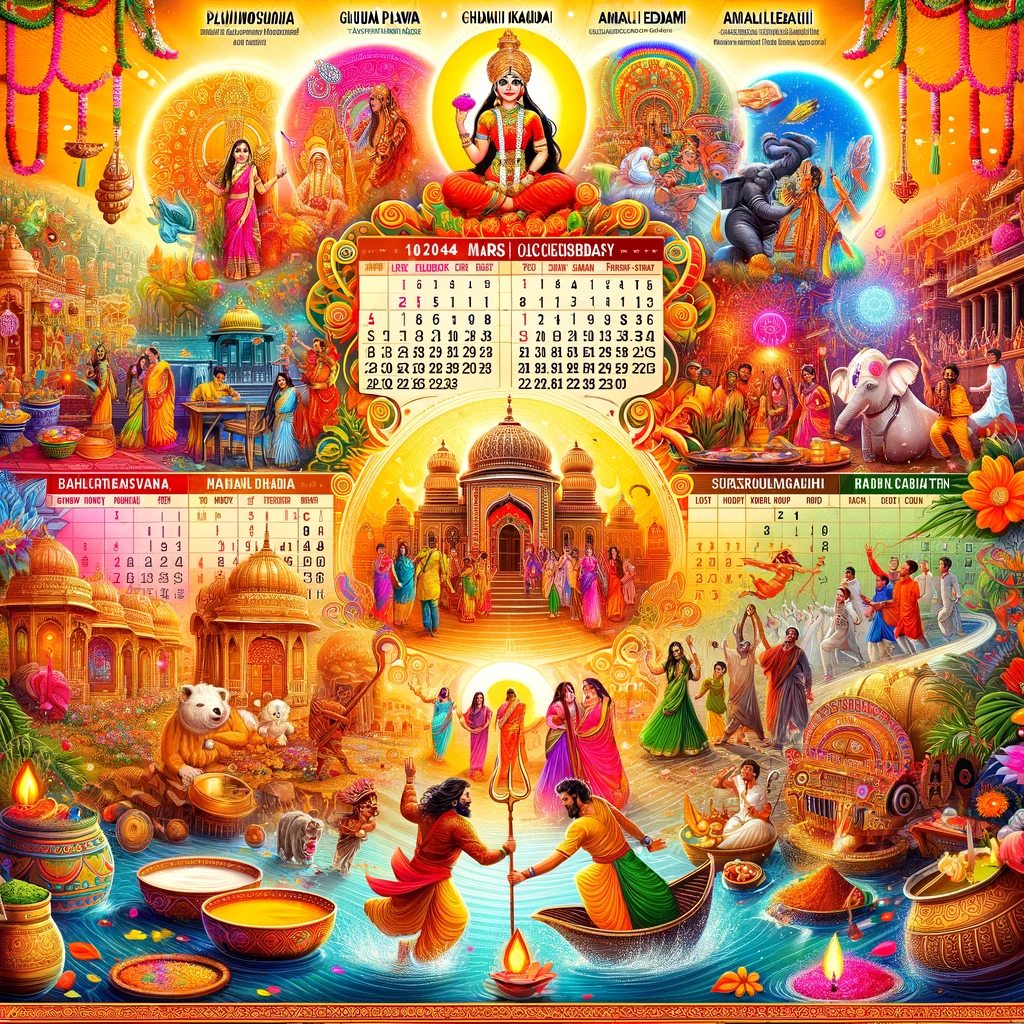
Ganesh Chaturthi, an auspicious festival celebrated across India, marks the birth of Lord Ganesha, the elephant-headed deity known for his wisdom and remover of obstacles. This festival not only honors Ganesha but also delves into the fascinating mythology surrounding his birth, embodying divine love, sacrifice, and cosmic significance. Let’s explore the mystical narrative of Lord Ganesha’s origin and the spiritual essence of Ganesh Chaturthi.
The Divine Origins
The tale of Lord Ganesha’s birth is deeply rooted in Hindu mythology, particularly in the Puranas, which narrate his divine origins with profound symbolism and spiritual insights.
The Creation of Ganesha
According to the most popular legend, Lord Ganesha was created by Goddess Parvati, the consort of Lord Shiva. The story begins with Parvati, who was yearning for a companion while Shiva was away on his meditative pursuits. To address her loneliness, Parvati created a son from the turmeric paste she used for her bath. This son was Ganesha, born with a divine purpose and the blessing of his mother’s love.
The Encounter with Shiva
The narrative takes a dramatic turn when Lord Shiva returns home and is confronted by Ganesha, who was tasked by Parvati to guard her entrance. Unaware of Ganesha’s identity, Shiva attempts to enter but is stopped by the young guardian. This leads to a fierce conflict between Shiva and Ganesha. In a moment of rage, Shiva, unaware of Ganesha’s divine nature, decapitates him. Parvati, devastated by the loss of her son, is inconsolable. To appease her and restore Ganesha to life, Shiva orders his followers to bring back the head of the first creature they find facing north, which turns out to be an elephant.
The Resurrection and Blessings
The elephant-headed head is placed on Ganesha’s body, and he is revived. To pacify Parvati and ensure Ganesha’s acceptance as a significant deity, Shiva grants him a unique set of divine blessings. Ganesha is bestowed with the power to remove obstacles, bring prosperity, and bestow wisdom upon his devotees. Thus, Lord Ganesha, with his distinctive elephant head and profound spiritual attributes, is established as one of the most revered gods in the Hindu pantheon.
Symbolism and Significance
Lord Ganesha’s form is rich with symbolism, each aspect representing a deeper spiritual truth:
- Elephant Head: The elephant head symbolizes wisdom, intelligence, and the ability to overcome challenges. The large ears of Ganesha signify the importance of listening and understanding, while the trunk represents adaptability and resilience.
- Mouse Vehicle: Ganesha’s vehicle, a mouse, symbolizes humility and the ability to navigate through obstacles. It also represents the control of desires and material cravings.
- Four Arms: Ganesha’s four arms signify his ability to perform multiple tasks simultaneously and his omnipresence. Each hand carries a different symbolic item, such as a rope (to pull devotees closer to righteousness), an axe (to cut through ignorance), a sweet (symbolizing the rewards of good deeds), and a modak (a delicacy representing the sweetness of life and the rewards of devotion).
- Large Belly: Ganesha’s large belly signifies the ability to digest all experiences, both good and bad. It reflects his capacity to absorb the challenges of life and transform them into wisdom and spiritual growth.
Ganesh Chaturthi Celebrations
Ganesh Chaturthi is celebrated with great fervor and devotion across India and in various parts of the world. The festival begins with the installation of Ganesha idols in homes and public spaces, followed by elaborate rituals and prayers. The first day involves a grand procession where devotees bring home beautifully crafted Ganesha idols, often accompanied by music and dance.
During the festival, devotees perform elaborate aartis (ritualistic hymns) and offer various sweets and delicacies to the deity, including his favorite modaks. The days of the festival are filled with prayers, cultural performances, and community activities, culminating in the immersion (Visarjan) of the Ganesha idol on the last day, symbolizing his return to his celestial abode.
The Spiritual Essence
Ganesh Chaturthi is not just a celebration of Lord Ganesha’s birth but also an occasion for spiritual reflection and renewal. The festival serves as a reminder of the importance of overcoming obstacles, both external and internal, and the significance of wisdom, patience, and perseverance.
- Overcoming Obstacles: Lord Ganesha is revered as the remover of obstacles, symbolizing the ability to navigate through life’s challenges. Devotees seek his blessings to overcome difficulties and achieve success in their personal and professional lives.
- Spiritual Growth: The festival encourages self-reflection and spiritual growth. The rituals and prayers performed during Ganesh Chaturthi help devotees cultivate inner peace, wisdom, and devotion.
- Community and Unity: Ganesh Chaturthi fosters community spirit and unity. The collective celebrations, processions, and rituals bring people together, strengthening social bonds and promoting harmony.







